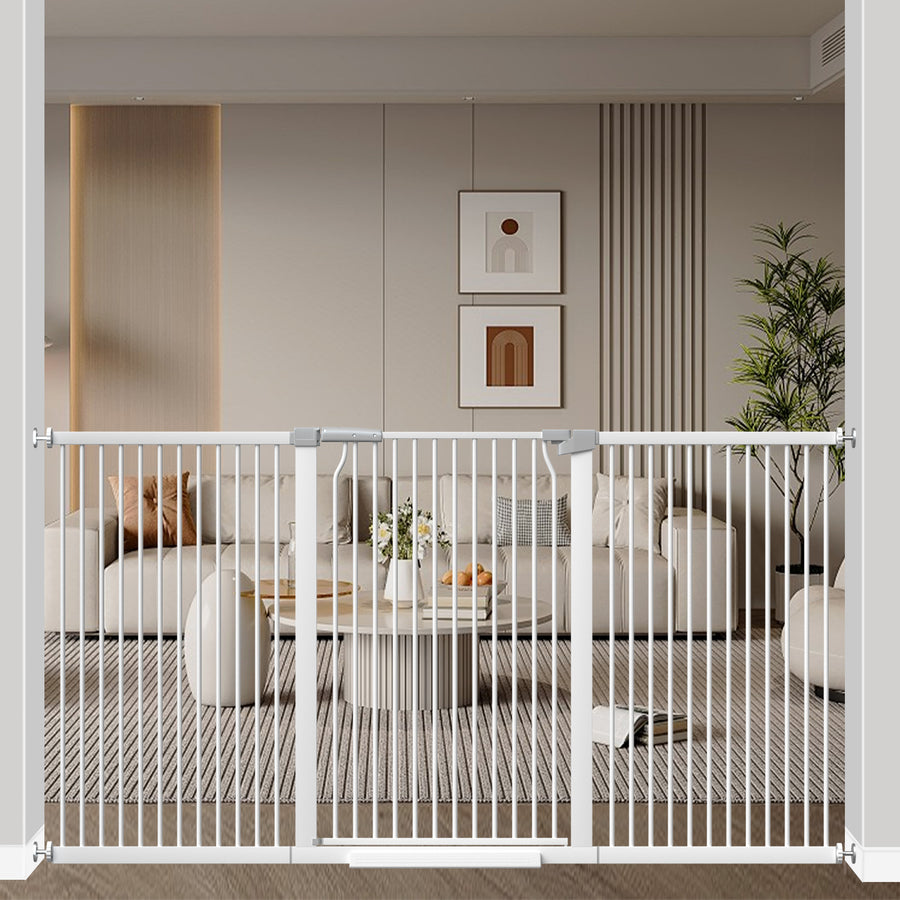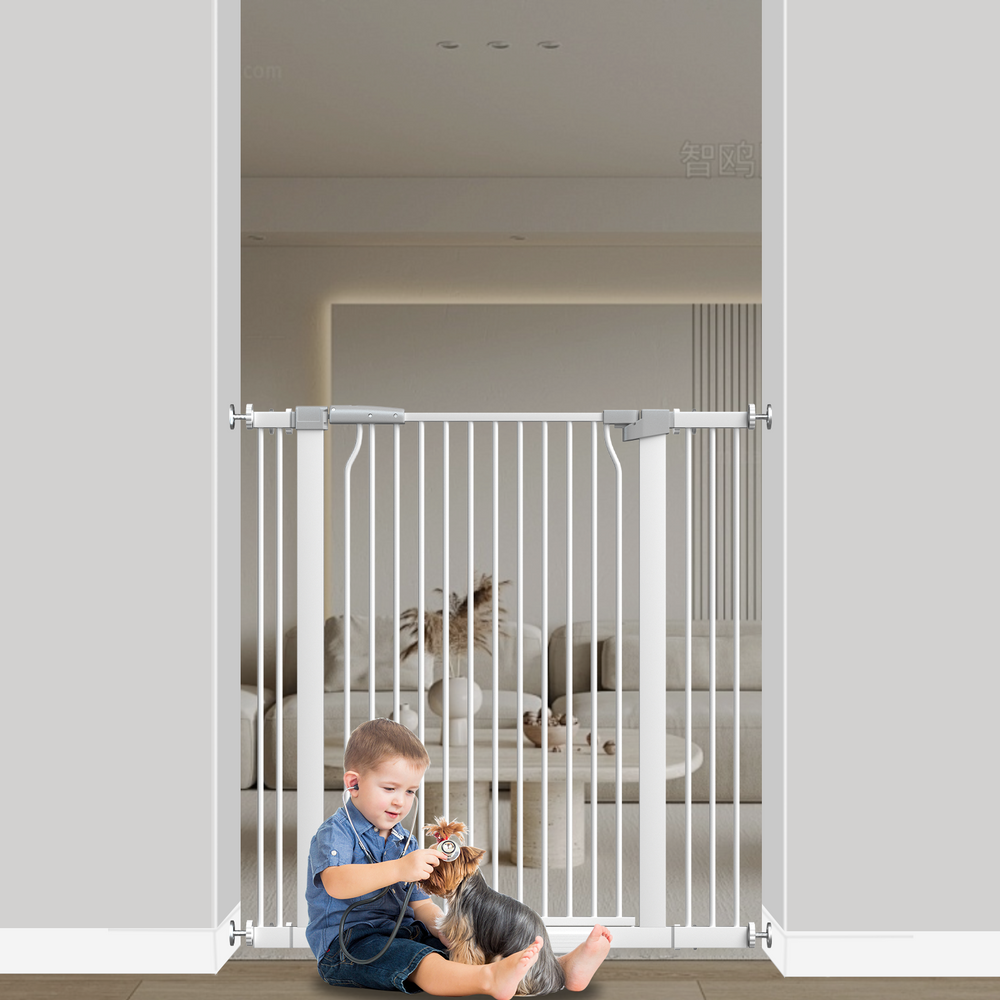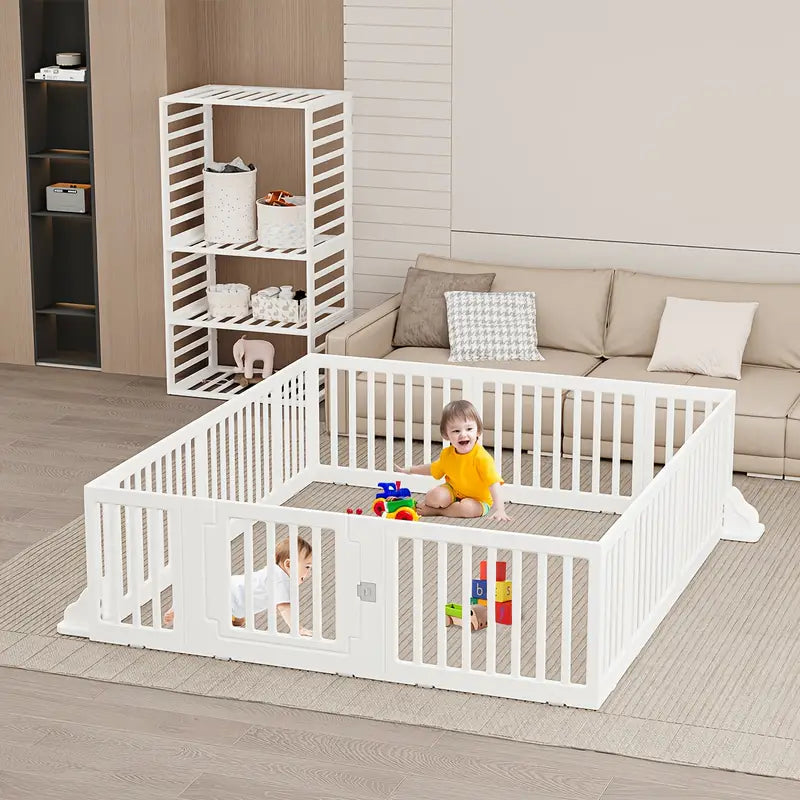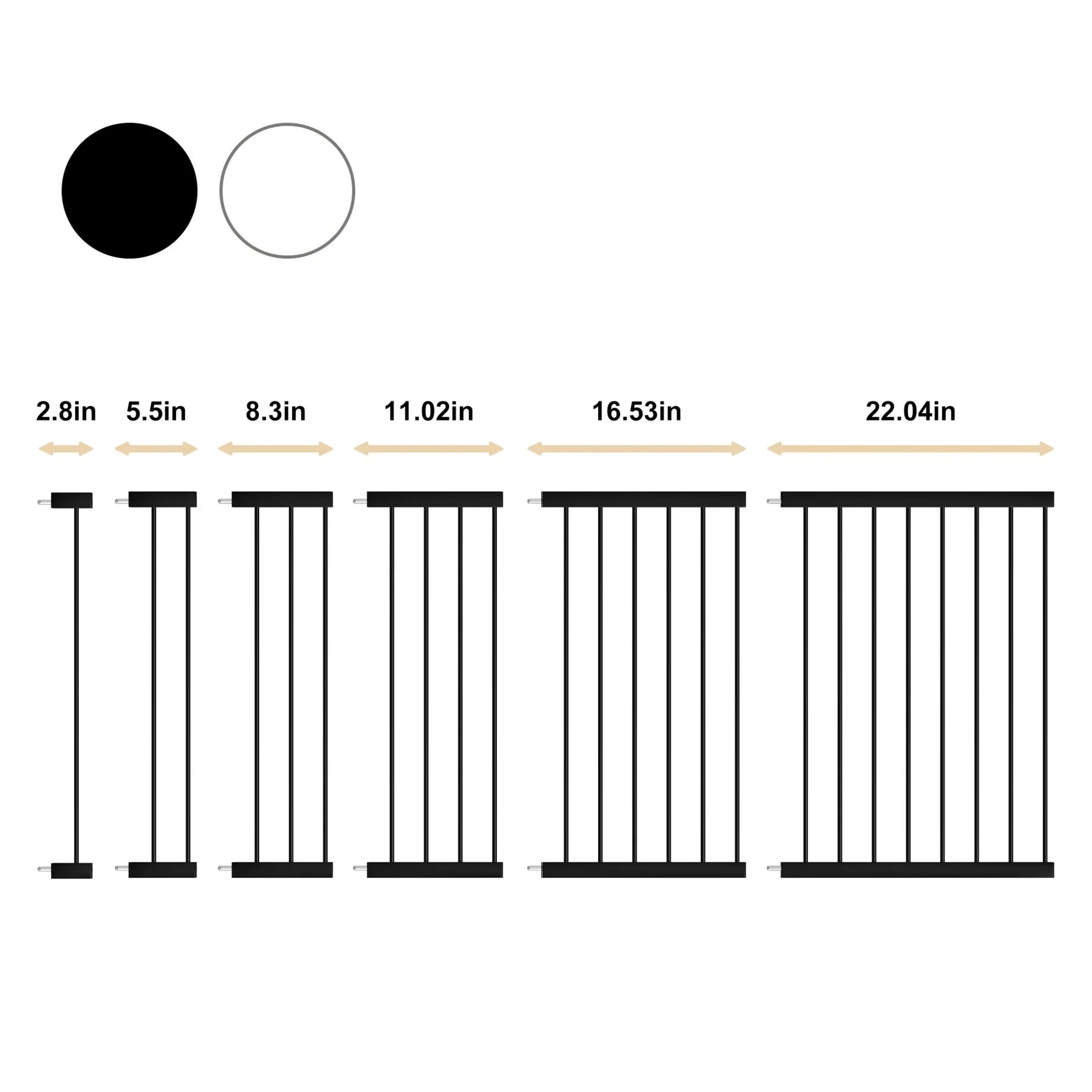Essential Tips for Effective Furniture Tipping Prevention in Your Home
Understanding Furniture Tipping Prevention

The Importance of Securing Furniture
Furniture tip-overs are a bigger problem than most people realize. It's not just about wobbly bookshelves; it's about serious injuries, especially to children and older adults. Securing your furniture is the single most effective way to prevent these accidents. Think of it like this: a few minutes of work now can save a lifetime of heartache later. It's about creating a safe environment where everyone can move freely without the risk of a dresser crashing down on them. We're not trying to make your house look like a fortress, just taking simple steps to minimize risk. You can find furniture anchor kits at most hardware stores.
Common Causes of Tip-Overs
So, what makes furniture tip over in the first place? It's usually a combination of factors, not just one single thing. Here's a breakdown:
- Unstable Design: Some furniture is just inherently top-heavy or has a narrow base, making it prone to tipping.
- Weight Distribution: Placing heavy items on top shelves or in upper drawers shifts the center of gravity, increasing the risk.
- Kids Climbing: This is a big one. Children often climb on furniture, pulling drawers open and using shelves as ladders.
- Uneven Surfaces: Carpets or slightly uneven floors can make furniture less stable.
- Multiple Open Drawers: Opening several drawers at once can drastically change the center of gravity.
It's easy to think "that won't happen to me," but the truth is, tip-overs are unpredictable. You never know when the conditions will be just right for gravity to take over. It only takes a second for disaster to strike.
Statistics on Furniture Tip-Over Injuries
The numbers paint a pretty clear picture: furniture tip-overs are a significant safety hazard. While it's hard to get exact figures on every incident, the available data is alarming. Many minor incidents go unreported, but the serious injuries and fatalities are tracked. Here's a quick look at some key stats:
- Furniture tip-overs account for the majority (83%) of tip-over injuries and deaths.
- Televisions account for 15% of deaths.
- Most victims are children under the age of five.
| Age Group | Percentage of Injuries |
|---|---|
| Under 5 | 60% |
| 6-17 | 20% |
| 18+ | 20% |
These numbers highlight the importance of furniture safety and taking proactive steps to prevent tip-overs. It's not just about protecting your kids; it's about creating a safer home for everyone.
Identifying High-Risk Furniture
Types of Furniture Prone to Tipping
Okay, so you're probably wondering what furniture is most likely to cause problems. It's not always obvious! Generally, tall and narrow furniture is the biggest offender. Think about it: the higher the center of gravity, the easier it is to tip over.
Here's a quick rundown:
- Bookcases: Especially tall ones loaded with books.
- Dressers: Especially when drawers are opened, shifting the weight.
- Shelving Units: Similar to bookcases, but sometimes less stable.
- TV Stands: Especially if the TV isn't secured to it.
Assessing Stability in Your Home
Walk around your house and give your furniture a little nudge. Seriously! Does it wobble? Does it feel like it could easily tip? That's a red flag. Consider these factors:
- Flooring: Is it level? Uneven floors can make furniture unstable.
- Weight Distribution: Are heavy items placed on top shelves?
- Furniture Age: Older furniture might have weakened joints.
It's easy to overlook the potential danger, especially if you've had the same furniture for years. But taking a few minutes to assess the stability could prevent a serious accident. Don't assume everything is safe just because it hasn't tipped yet.
Recognizing Hazardous Situations
It's not just the furniture itself, but also how it's used. Kids climbing, pets jumping, or even just accidentally bumping into something can all cause a tip-over. Be aware of:
- Children Climbing: Kids love to climb, and furniture can look like a tempting ladder. furniture anchors are a must.
- Overloaded Shelves: Too many heavy items can make furniture top-heavy.
- Unsecured TVs: A wobbly TV on a stand is a recipe for disaster. Mounting the TV or using TV safety straps is important.
It's also worth noting that furniture tip-overs are responsible for the majority of tip-over injuries and deaths. This includes dressers, nightstands, tables, shelving units, and free-standing cabinets. So, don't underestimate the risk!
Effective Anchoring Techniques
Choosing the Right Furniture Anchors
Picking the correct furniture anchor is super important. It's like choosing the right tool for any job; you want something that's going to hold up. Avoid plastic brackets or zip-tie style anchors because they can become brittle and break over time. Metal L-brackets are a good option. You can find L-brackets at any hardware store, and they're usually inexpensive and easy to install. Just make sure you get the right screws for your wall type. Another option is the Hangman Anti-Tip Kit, which comes with all the hardware you need.
Installation Tips for Secure Anchoring
When you're installing furniture anchors, a few things can make a big difference. First, try to screw the anchor into a wood stud in the wall. That'll give you the most secure hold. If you can't find a stud, talk to someone at your local hardware store about what kind of screws or tools you need for drywall, cement, or brick. Toggle bolts are often recommended for drywall. Also, make sure the screws go into solid wood on the furniture. They can pull out of MDF or particle board, so you might have to attach the anchor to the top or side of the furniture instead of the back. Visit the CPSC’s Anchor It! Website to learn more.
Here's a quick checklist:
- Find a stud if possible.
- Use the right screws for your wall type.
- Screw into solid wood on the furniture.
It's better to have a small hole in your wall that you can fix later than to risk a serious injury from a furniture tip-over. Think of it as an investment in safety.
Common Mistakes to Avoid
There are some common mistakes people make when anchoring furniture. One big one is using anchors with adhesives. They just don't hold up over time. Also, be careful when you're ordering anchors online. There are a lot of knock-off versions that are made of inferior materials. It's also important to remember that just because an anchor looks strong doesn't mean it is. There's no requirement that furniture anchors meet any testing standard, so do your research. Don’t use anchors with adhesives. It’s also important that the screws go into solid wood on the furniture as they will pull out of MDF or particle board, which means you may have to attach the anchor to the top or side of the furniture rather than the back.
Here's a table of common mistakes and how to avoid them:
| Mistake | Solution the furniture anchor. It’s designed to protect children up to 6 years old. Unfortunately, it does not apply to other types of furniture, nor is it designed to protect older children or adults. There are millions of at-risk dressers and other furniture with drawers, doors, and shelves in homes today that could become deadly if not properly anchored to the wall.
Child Safety and Furniture Tipping
Creating a Safe Environment for Children
Kids are curious, and that's a good thing, but it also means they might climb on furniture. It's super important to make sure your home is set up to prevent accidents. Think about it from a kid's perspective – what looks like a fun climbing challenge? Secure those items first.
- Anchor tall bookcases to the wall.
- Use safety straps on dressers.
- Keep heavier items on lower shelves.
It's not just about preventing tip-overs; it's about creating a space where kids can explore safely. A little bit of effort can make a huge difference.
Educating Kids About Furniture Safety
Talking to your kids about furniture safety might seem obvious, but it's a step many parents miss. Explain why climbing on certain things is dangerous. Use simple language they understand. For example, instead of saying "that's unstable," try "that could fall over if you climb on it." Make it a regular conversation, not just a one-time lecture. You can even make it a game! "Spot the safe furniture!"
Monitoring Play Areas for Risks
Kids will be kids, and you can't watch them every second. But you can set up their play areas to be as safe as possible. Regularly check for potential hazards. Are there any loose cords they could pull? Any furniture that seems wobbly? It's also a good idea to teach older kids to be aware of these dangers and to help younger siblings stay safe. Consider these points:
- Keep play areas away from unsecured furniture.
- Regularly inspect furniture in play areas.
- Teach older children about furniture safety.
| Risk Factor | Mitigation Strategy |
|---|---|
| Unsecured Bookcases | Anchor to wall with appropriate furniture anchor |
| Dressers with Drawers | Install anti-tip hardware |
| TVs on High Stands | Secure TV to stand or wall |
It's also important to report any unsafe furniture incidents, even near misses, to the CPSC. This helps manufacturers and regulators improve safety standards.
Television and Appliance Safety
Securing TVs to Furniture and Walls
Okay, let's talk TVs. They're a big part of most homes, but they can also be a hazard if not handled correctly. The main thing is to make sure your TV is stable and can't easily tip over. If you've got an older tube TV, seriously consider recycling it. Those things are heavy and dangerous. Flatscreen TVs are lighter, but still need to be secured. Mounting them to the wall is the best option. If that's not possible, make sure the furniture it's sitting on is anchored, and then anchor the TV to either the furniture or the wall. Think of it like this: even a flatscreen falling can cause serious injury. It's like dropping a bowling ball on someone!
Understanding Appliance Risks
Appliances might not be the first thing you think of when it comes to tip-over dangers, but they can be risky too. Stoves and refrigerators are heavy and can cause serious harm if they fall. Make sure these are stable and, if possible, secured. Here's a quick rundown:
- Stoves: Ensure anti-tip brackets are installed correctly.
- Refrigerators: Check that they are level and stable.
- Washers/Dryers: These can vibrate and move, so make sure they're on a level surface and consider using anti-vibration pads.
Best Practices for Heavy Appliances
Dealing with heavy appliances requires a bit of planning and effort. It's not just about preventing tip-overs, but also about general safety. Here are some best practices to keep in mind:
- Always follow the manufacturer's instructions for installation and safety.
- Use appliance furniture anchors to secure them to the wall, especially if you have kids or pets.
- Regularly check the stability of your appliances. Make sure they're level and not wobbly.
It's easy to overlook appliance safety, but taking a few extra steps can prevent serious accidents. Think about it – a falling refrigerator could cause significant damage and injury. A little prevention goes a long way.
And remember, it's not just about kids. Adults can also be injured by falling furniture and appliances. So, take the time to secure your appliances and TVs. It's a simple step that can make a big difference.
Regular Maintenance and Safety Checks
Conducting Routine Inspections
Okay, so you've anchored your furniture – great! But don't just set it and forget it. Things can loosen up over time, especially with kids around. Make it a habit to check your furniture anchors every few months. Give them a little wiggle. If anything feels loose, tighten it up right away. Also, look at the furniture itself. Are there any cracks or signs of damage that could make it less stable? Catching these things early can prevent a bigger problem later.
Signs of Wear and Tear to Look For
It's not just about the anchors. The furniture itself can give you clues. Here's what to watch out for:
- Wobbly Legs: Obvious, but important. If a table or dresser is rocking, that's a red flag.
- Cracked Wood: Especially around joints or where anchors are attached.
- Stripped Screw Holes: If a screw just spins and doesn't tighten, the hole is stripped. You might need a bigger screw or wood filler to fix it.
- Damaged Straps: If you're using straps, check for fraying or tears.
- Rust or Corrosion: On metal parts, this can weaken the anchor.
Regular checks are super important. Think of it like changing the oil in your car – a little effort now can save you a lot of trouble (and money) down the road.
Updating Safety Measures as Needed
Kids grow, furniture gets moved, and safety standards evolve. What worked last year might not be enough this year. Here's how to stay on top of it:
- Re-evaluate as kids grow: Toddlers climb differently than preschoolers. Adjust your safety measures accordingly.
- After moving furniture: Always re-anchor after moving anything, even if it's just across the room.
- Stay informed: Keep an eye on product recalls and safety alerts. The Consumer Product Safety Commission (CPSC) is a good resource.
- Consider upgrades: As new and better anchoring systems come out, think about upgrading your old ones. It's a small investment for peace of mind.
Basically, keeping your home safe from furniture tip-overs is an ongoing process, not a one-time fix.
Community Awareness and Reporting

The Role of Community in Prevention
Furniture tip-overs aren't just individual household problems; they're community issues. Neighbors, local organizations, and even online groups can play a big part in spreading awareness and offering support. Think about it: sharing information at community centers, schools, or even through neighborhood newsletters can reach families who might not otherwise know about the risks. A united front makes a bigger impact.
- Organize a community workshop on furniture safety.
- Share safety tips on local social media groups.
- Partner with schools to educate children and parents.
Reporting Unsafe Furniture Incidents
If you witness or experience a furniture tip-over incident that results in injury or poses a significant risk, it's important to report it. This helps track trends, identify dangerous products, and push for better safety standards. The Consumer Product Safety Commission (CPSC) is the main place to report these incidents. Your report can contribute to safer furniture standards and prevent future injuries.
Reporting an incident might seem like a small thing, but it adds to a larger pool of data that can influence manufacturers and policymakers. It's about making sure everyone has access to safe products.
Advocating for Safer Furniture Standards
We, as a community, have the power to push for safer furniture. This means supporting organizations that advocate for stronger safety regulations, contacting manufacturers to demand safer designs, and even reaching out to our elected officials to voice our concerns. It's about making sure that furniture safety is a priority for everyone involved, from designers to retailers to lawmakers.
- Support consumer safety organizations.
- Contact furniture manufacturers directly.
- Write to your representatives about furniture safety legislation.
Wrapping It Up
In the end, keeping your home safe from furniture tip-overs is all about being proactive. It’s easy to overlook, but securing your furniture, TVs, and appliances to the wall can save lives. Remember, it doesn’t matter how sturdy or expensive your furniture is; if it’s not anchored, it can tip over. Take a little time to install some anchors, and you’ll feel a lot better knowing you’ve done your part to prevent accidents. Share this info with friends and family too—safety is a team effort. Let’s keep our homes safe for everyone!






Leave a comment